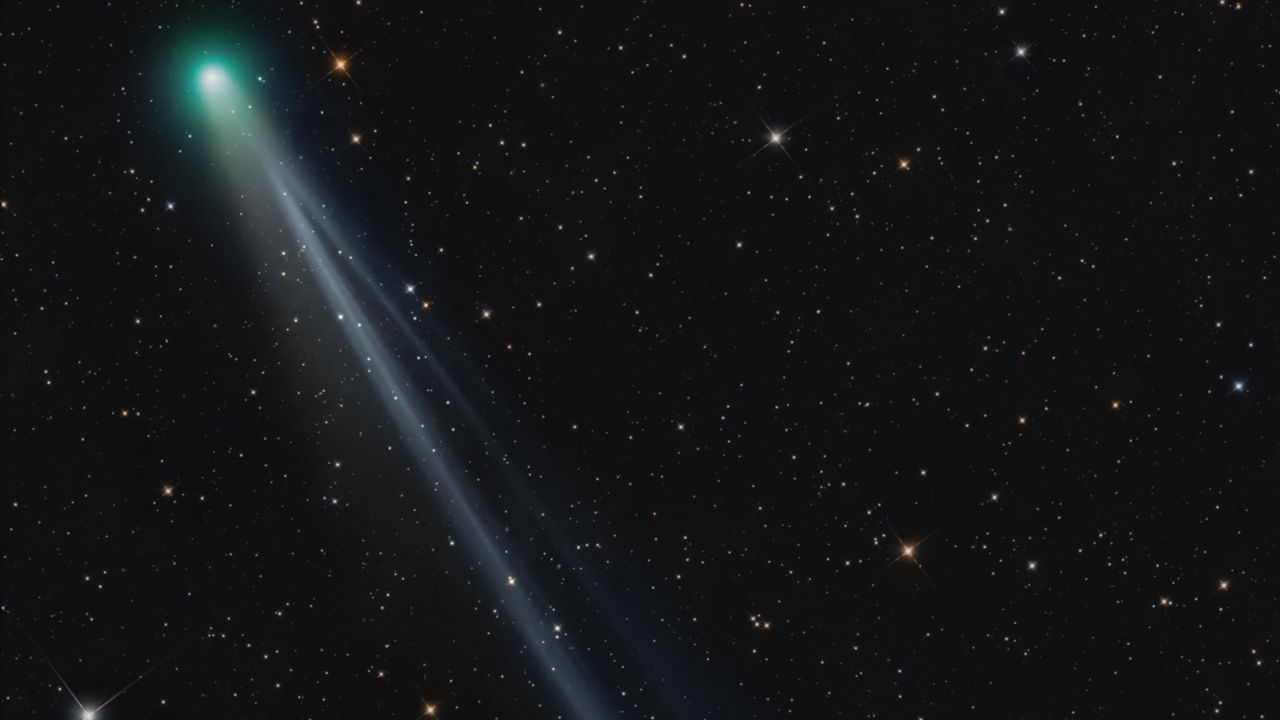Solar wind tears a chunk from Comet Lemmon's tail in incredible new astrophotography images
PositiveScience

In an exciting development for space enthusiasts, stunning new astrophotography images reveal how the solar wind has dramatically torn a chunk from Comet Lemmon's tail. This phenomenon not only showcases the beauty of our universe but also highlights the dynamic interactions between celestial bodies and solar forces, reminding us of the ever-changing nature of space.
— via World Pulse Now AI Editorial System